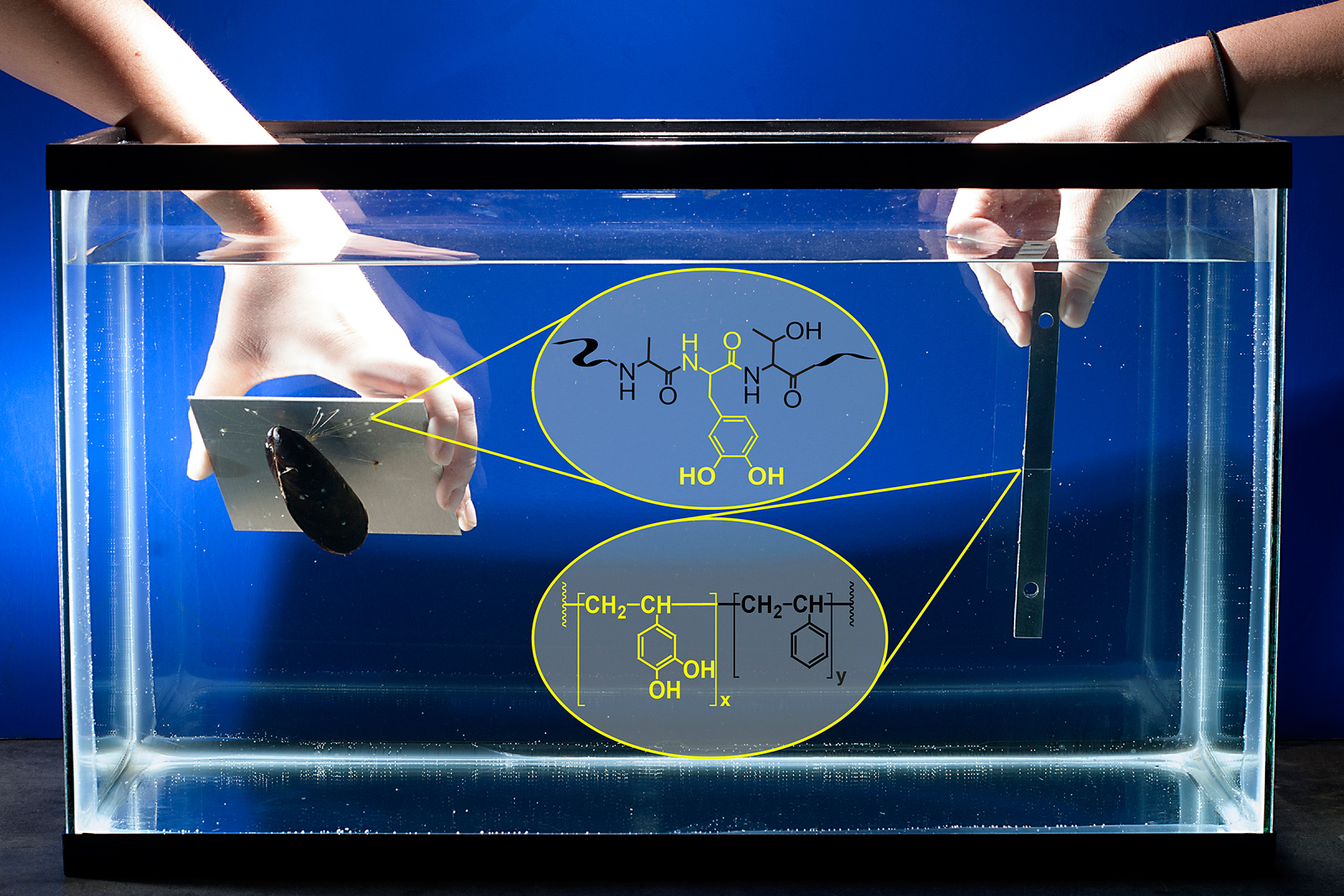
You don't have to know Shel Silverstein to know that trees are exceptionally giving. They're responsible for our homes, paper, air, furniture and, now, energy -- the "clean" kind, that is. Researchers from the Georgia Institute of Technology and Purdue University have jointly devised a patent-pending method to build organic solar cells using plant-derived substrates. Known as cellulose nanocrystal substrates (or CNC), these solar cells benefit from being truly disposable, eliminating the waste that results from the use of alternative materials like petroleum or glass. The CNC-made cells are not only transparent enough to allow light to pass into an embedded semiconductor, but they also dissolve when submerged into water, thus earning the esteemed recyclable distinction.
Although this is undoubtedly a breakthrough for clean energy tech, it's by no means a near-future reality. Apparently, current cells can only yield a 2.7-percent conversion efficiency rate, which falls far below the 10-percent threshold met by rival fabrication methods (i.e., petroleum and glass). So, there's still significant work to be done before the team can improve production and achieve parity with those less "recyclable" options. Until that time, consider this a comforting reassurance that a clean fuel era is well within reach.
Filed under: Science, Alt
Comments
Via: Forbes
Source: Georgia Tech, Nature
 Rice may be one of the most plentiful crops on Earth, but there are only so many grains you can naturally obtain from a given plant. Scientists may have a straightforward answer to that problem: edit the plants to make them produce more. They've us...
Rice may be one of the most plentiful crops on Earth, but there are only so many grains you can naturally obtain from a given plant. Scientists may have a straightforward answer to that problem: edit the plants to make them produce more. They've us...
 Rice may be one of the most plentiful crops on Earth, but there are only so many grains you can naturally obtain from a given plant. Scientists may have a straightforward answer to that problem: edit the plants to make them produce more. They've us...
Rice may be one of the most plentiful crops on Earth, but there are only so many grains you can naturally obtain from a given plant. Scientists may have a straightforward answer to that problem: edit the plants to make them produce more. They've us...
 Even the strongest human-made glue tends to fail when you dunk it underwater. Purdue researchers, however, think they have a simple solution to this: imitate nature. They've developed a polymer adhesive that's based on the proteins mussels use to c...
Even the strongest human-made glue tends to fail when you dunk it underwater. Purdue researchers, however, think they have a simple solution to this: imitate nature. They've developed a polymer adhesive that's based on the proteins mussels use to c...
 Researchers from Purdue University found a way for law enforcement to tap into any surveillance camera that's not password protected. As Wired points out though, the goal with this newly developed system isn't to help cops perform questionable acts,...
Researchers from Purdue University found a way for law enforcement to tap into any surveillance camera that's not password protected. As Wired points out though, the goal with this newly developed system isn't to help cops perform questionable acts,...



